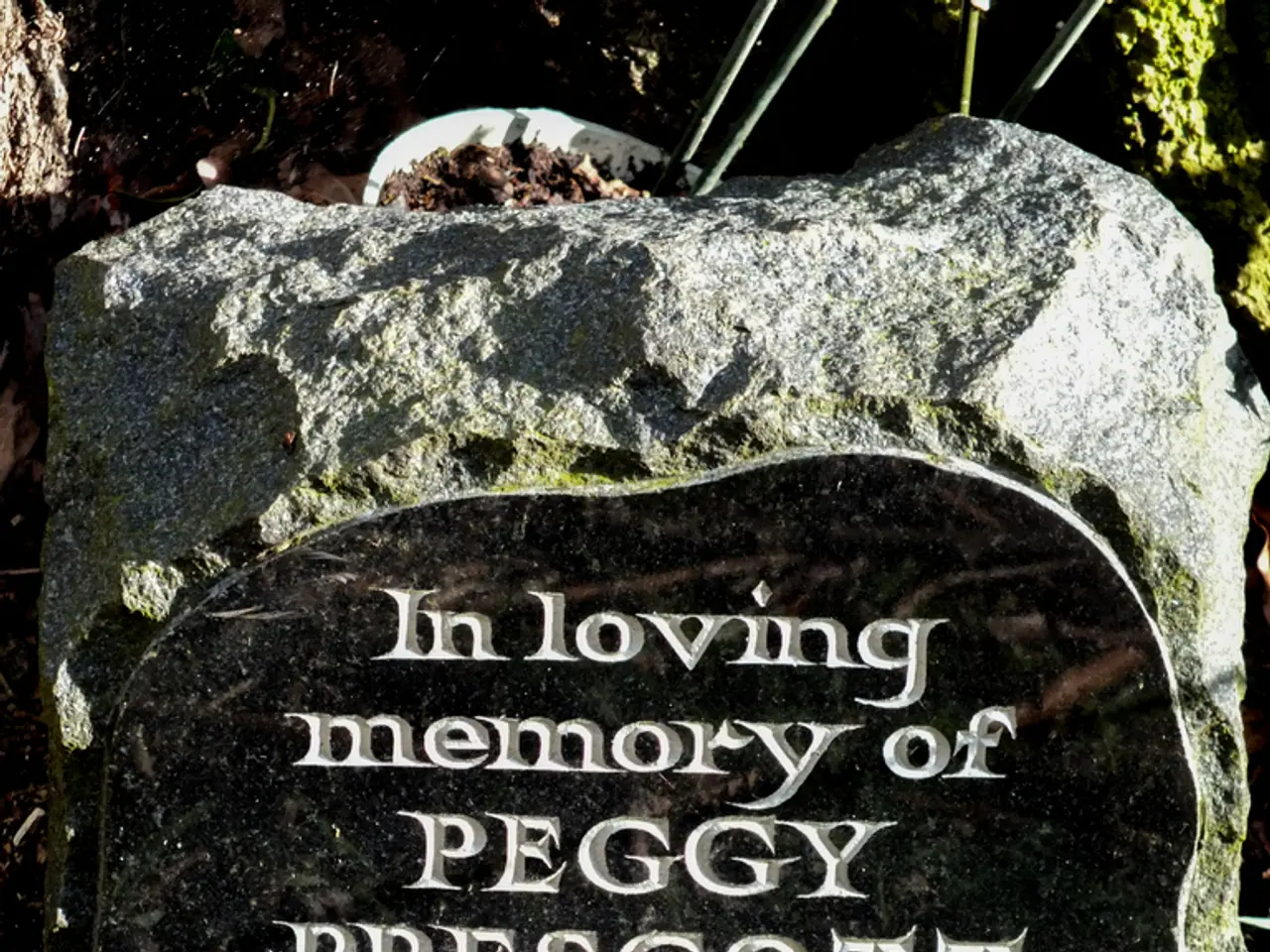Majestic succulent arrangement on a moss-clad stone basin, masterfully crafted by James Horner from Benton End
In the heart of Suffolk lies Benton End, a garden that once belonged to the renowned artist Cedric Morris. Known for his diverse, artistically inspired plant collection, Morris cultivated a garden filled with resilient, often Mediterranean or xeric species that thrive in well-drained, sun-exposed conditions. Here's how you can replicate his unique style.
Plant Selection
The key to Morris's garden lies in the choice of plants. Focus on houseleeks (Sempervivum), aeoniums, pelargoniums, echeverias, and crassula sarcocaulis—all succulents known for their drought tolerance and sculptural forms. Include similarly hardy drought-tolerant plants to create textural contrast and a naturalistic yet curated aesthetic.
Garden Design and Layout
Reflect a painterly, unforced naturalism by grouping plants in informal clusters. Balance architectural shapes (aeoniums, crassula) with rosette succulents (houseleeks, echeveria), and splashes of colour from pelargoniums. Use sloping beds or gravel mulch as a planting medium to ensure excellent drainage, echoing xeriscape concepts that Morris's garden would align with.
Incorporate recycled, locally sourced materials for containers or raised beds to evoke Morris’s ethos of traditional craftsmanship and sustainability.
Container Use
Employ shallow, well-drained containers or troughs made of stone, terracotta, or recycled materials to provide optimum growing conditions. Arrange containers in tiered or sloped layouts to mimic naturalistic hillside planting, allowing water to drain freely and enhancing visual layers.
Cultivation and Care
Plant in free-draining, gritty soil mixes suitable for succulents, such as sandy loam or specially formulated cactus/succulent compost. Position in full sun to maintain compact growth and vibrant coloring, as most succulents require good light for health and flowering. Water sparingly, allowing soil to dry between watering; these plants are drought resistant but vulnerable to root rot in wet conditions. Provide protection from severe cold or frost if in temperate zones; some species may need to be overwintered indoors or under shelter.
Additional Notes
Morris’s garden was not just about plants but also about the ecosystem. Blend native and ornamental plants to create a flourishing habitat, so consider integrating companion species that enhance biodiversity without overshadowing the succulents. Taking inspiration from Morris’s iris breeding, consider incorporating flowering pelargoniums or seasonal varieties to add a dynamic flowering element to the mostly architectural succulent scheme.
In summary, replicate Cedric Morris’s garden by creating a xeriscape-focused, artistically composed succulent garden using appropriate drought-tolerant plants in well-draining substrates, layered in naturalistic container groupings, with a focus on sustainability and traditional style. This approach aligns with the spirit of Benton End, Morris’s home garden and plant collection inspiration.
Notable plants for your succulent garden include:
- Aeonium 'Zwartkop' with deep maroon leaves in increased summer light levels, and a size of 40cm x 50cm.
- Aeonium ciliatum with naturally branching grey-green rosettes and a red edge, measuring 30cm x 25cm.
- Aeonium davidbramwellii with a huge grey-leaved rosette and red tinges, and a size of 50cm x 30cm.
- Crassula sarcocaulis, known as the bonsai crassula, a small-leaved shrublet with tiny pink flowers, and a size of 50cm x 50cm.
- Cotyledon orbiculata 'Cedric Morris' with red edges and farina on the leaves, and a size of 30cm x 40cm.
- Sempervivum 'Virgil' with attractive bluish purple leaves, measuring 10cm x 20cm.
- To emulate the unique style of Cedric Morris's garden, replicate his plant selection by focusing on diverse succulents such as houseleeks, aeoniums, pelargoniums, echeverias, and crassula sarcocaulis.
- Implement a painterly, unforced naturalism through the garden design by grouping plants in informal clusters, balancing architectural shapes with rosette succulents, and incorporating sloping beds or gravel mulch for excellent drainage.
- Use shallow, well-drained containers or troughs made of stone, terracotta, or recycled materials to provide optimum growing conditions and arrange them in tiered or sloped layouts for visual layers.
- Ensure the success of your succulent garden by understanding the plants' cultivation and care requirements. Plant in free-draining soil, position in full sun, water sparingly, and provide protection from severe cold or frost if in temperate zones.




